Text
How to keep you teeth and gums healthy
Introduction
Maintaining good oral health is essential for overall well-being, and healthy teeth and gums play a crucial role in this regard. In this article, we'll explore the significance of oral health, the anatomy of teeth and gums, common dental problems, and effective strategies for maintaining healthy teeth and gums.
Understanding Oral Anatomy

Structure of Teeth
Teeth are complex structures consisting of different layers. The outermost layer is the enamel, followed by the dentin, and finally, the pulp, which contains nerves and blood vessels. Each tooth is anchored in the jawbone by roots covered with cementum.
Anatomy of Gums
Gums, also known as gingiva, are soft tissues that surround and support the teeth. They form a tight seal around the teeth, protecting them from bacteria and food particles. Healthy gums should appear pink and firm, with no signs of inflammation or bleeding.
You can try Power Bite to keep your teeth and gums healthy.
Common Dental Problems
Tooth Decay
Tooth decay, also known as dental caries, occurs when bacteria in the mouth produce acids that erode the enamel and dentin of the teeth. If left untreated, it can lead to cavities and tooth loss.
Gum Disease
Gum disease, or periodontal disease, is an infection of the tissues that surround and support the teeth. It is caused by the buildup of plaque and tartar along the gumline, leading to inflammation and, if untreated, gum recession and tooth loss.
Bad Breath
Bad breath, or halitosis, can be caused by poor oral hygiene, certain foods, or underlying health conditions. It is often a sign of bacterial overgrowth in the mouth and should be addressed promptly to maintain oral freshness.
Tooth Sensitivity
Tooth sensitivity occurs when the protective enamel layer of the teeth wears down, exposing the underlying dentin and nerve endings. Common triggers include hot or cold foods and beverages, as well as acidic or sweet foods.
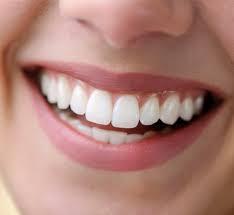
Do's for Maintaining Healthy Teeth and Gums
You can try Power Bite to keep your teeth and gums healthy.
Brushing Techniques
Brushing teeth twice a day using fluoride toothpaste and a soft-bristled toothbrush helps remove plaque and food particles from the teeth and gums. Use gentle, circular motions to clean all surfaces of the teeth, including the front, back, and chewing surfaces.
Flossing Regularly
Flossing at least once a day helps remove plaque and debris from between the teeth and along the gumline, where toothbrushes cannot reach. Use a gentle back-and-forth motion to avoid injuring the gums.
Using Mouthwash
Using an antimicrobial mouthwash can help reduce plaque and gingivitis-causing bacteria, as well as freshen breath. Choose a mouthwash that contains fluoride for added protection against tooth decay.
Eating a Balanced Diet
Eating a diet rich in fruits, vegetables, whole grains, and lean proteins provides essential nutrients for healthy teeth and gums. Limit sugary and acidic foods and beverages, which can contribute to tooth decay and erosion.
Regular Dental Check-ups
Regular visits to the dentist for professional cleanings and check-ups are essential for maintaining oral health. Dentists can identify and treat dental problems early, preventing them from worsening and requiring more extensive treatment.
Don'ts for Healthy Teeth and Gums
Avoiding Sugary Foods and Drinks
Consuming sugary foods and drinks increases the risk of tooth decay by providing fuel for bacteria in the mouth to produce acids that attack the enamel. Limiting sugar intake and practicing good oral hygiene can help prevent cavities.
Quitting Smoking
Smoking is not only harmful to overall health but also significantly increases the risk of gum disease, tooth loss, and oral cancer. Quitting smoking and avoiding tobacco products can improve oral health and overall well-being.
Limiting Acidic Foods
Acidic foods and beverages, such as citrus fruits, tomatoes, and carbonated drinks, can erode the enamel of the teeth over time, leading to sensitivity and decay. Consuming them in moderation and rinsing with water afterwards can help minimize the risk of damage.
Not Using Teeth as Tools
Using teeth to open packages, tear tags, or bite nails can chip or crack the teeth and damage dental restorations. Use scissors or other appropriate tools instead to avoid unnecessary stress on the teeth.
Importance of Proper Oral Hygiene
Preventing Dental Problems
Practicing proper oral hygiene habits, such as brushing, flossing, and regular dental check-ups, helps prevent dental problems such as cavities, gum disease, and bad breath.
Enhancing Overall Health
Maintaining good oral health is not just about having a bright smile; it is also linked to overall health and well-being. Poor oral health has been associated with various systemic conditions, including heart disease, diabetes, and respiratory infections.
Tips for Preventing Dental Problems
Proper Brushing Frequency
Brushing teeth twice a day, in the morning and before bed, is recommended to remove plaque and food particles and prevent tooth decay and gum disease.
Choosing the Right Toothbrush and Toothpaste
Using a soft-bristled toothbrush and fluoride toothpaste is essential for effective plaque removal and enamel protection. Electric toothbrushes with oscillating or rotating heads can also be more effective than manual brushes.
Flossing Techniques
Flossing at least once a day using the correct technique helps remove plaque and debris from between the teeth and along the gumline, reducing the risk of gum disease and cavities.
Mouthwash Selection
Choosing an antimicrobial mouthwash that contains fluoride helps reduce plaque and gingivitis-causing bacteria and strengthens enamel
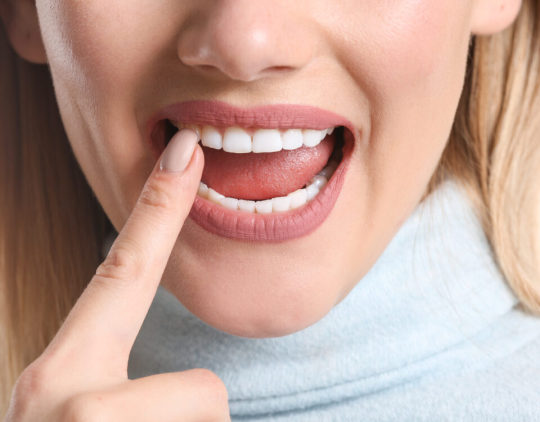
You can try Power Bite to keep your teeth and gums healthy.
0 notes
Text
Do's and Don'ts of healthy fingernails
Introduction
In the realm of personal grooming, fingernail care often takes a backseat, yet the state of our nails can speak volumes about our overall health and hygiene. This article aims to shed light on the do's and don'ts for maintaining healthy fingernails, offering insights into essential practices and common pitfalls to avoid.
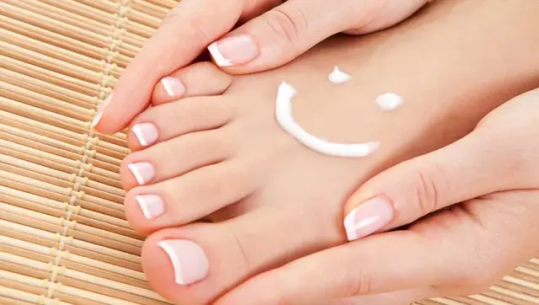
You can also try this product ProNail Complex
Do's for Healthy Fingernails
Keep Nails Clean and Dry
One of the fundamental principles of nail care is to ensure they are kept clean and dry. Washing hands regularly and drying them thoroughly helps prevent the buildup of dirt and bacteria, reducing the risk of infections.
Maintain Proper Nail Hygiene
Proper nail hygiene involves regular trimming and shaping to prevent nails from becoming too long or developing sharp edges that could snag and tear. Additionally, gently pushing back cuticles rather than cutting them helps protect the nail bed from infections.
Moisturize Regularly
Just like our skin, nails benefit from regular moisturization to keep them hydrated and supple. Applying a nourishing lotion or oil to the nails and cuticles helps prevent brittleness and cracking.
Trim Nails Carefully
When trimming nails, it's essential to use the right tools and techniques to avoid damage. Cutting nails straight across and rounding the edges with a file can help prevent ingrown nails and maintain nail health.
You can also try this product ProNail Complex
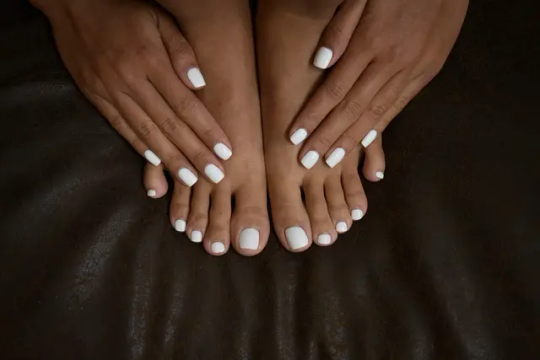
Use Protective Measures
Engaging in activities that expose nails to potential damage, such as gardening or cleaning, warrants the use of protective gloves. Similarly, applying a protective base coat before using nail polish helps shield nails from chemical exposure.
Don'ts for Healthy Fingernails
Avoid Nail Biting or Picking
Nail biting and picking are common habits that can damage the nails and increase the risk of infections. Breaking these habits and finding alternative ways to manage stress or boredom is essential for maintaining nail health.
Say No to Harsh Chemicals
Exposure to harsh chemicals found in cleaning products and nail treatments can weaken the nails and strip them of their natural oils. Opting for gentle, non-toxic alternatives helps preserve nail integrity.
Don't Overexpose Nails to Water
While hydration is essential for nail health, overexposure to water can weaken the nails and make them more prone to splitting and peeling. Wearing gloves when washing dishes or cleaning helps minimize water contact.
Avoid Using Nails as Tools
Using nails to open cans or scrape off stickers may seem convenient, but it can lead to chipping or breaking. Using appropriate tools for tasks helps prevent unnecessary stress on the nails.
Limit Use of Nail Enhancements
While nail enhancements like acrylics or gel manicures can enhance the appearance of nails, excessive use can weaken the natural nails. Taking breaks between treatments allows nails to recover and breathe.
You can also try this product ProNail Complex
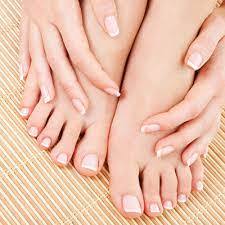
Dietary Considerations for Nail Health
The Role of Supplements in Nail Health
Recognizing Signs of Nail Problems
Proper Nail Care Routine
Environmental Factors Affecting Nail Health
Nail Care for Specific Age Groups
Cultural and Social Perspectives on Nail Care
Conclusion
In conclusion, maintaining healthy fingernails requires a combination of proper care practices and avoiding common pitfalls. By adhering to the do's and don'ts outlined in this article and incorporating them into a comprehensive nail care routine, individuals can promote nail health and overall well-being. Remember, healthy nails are not just a cosmetic asset but a reflection of one's overall health and hygiene habits.
You can also try this product ProNail Complex
Disclaimer: This Blog Post has affiliate links that may give me profit.
0 notes